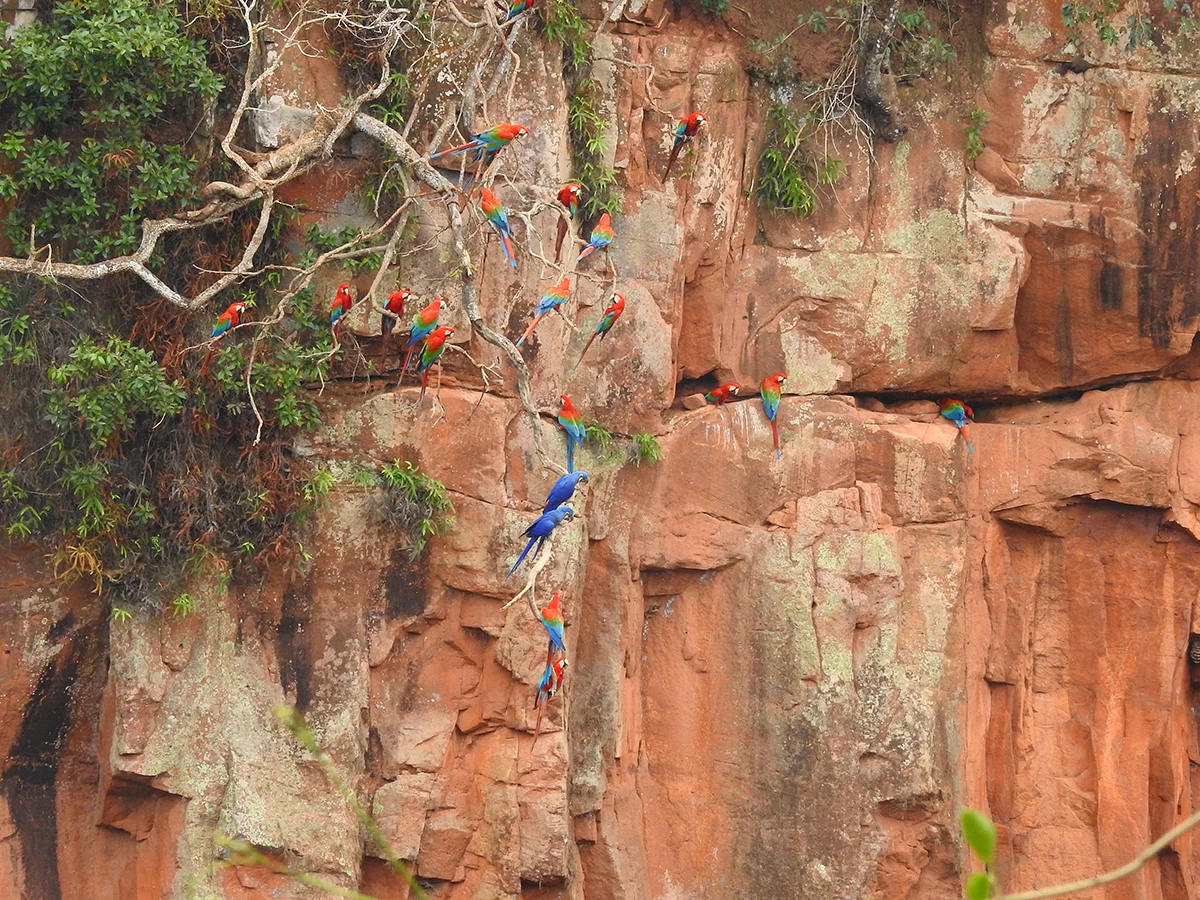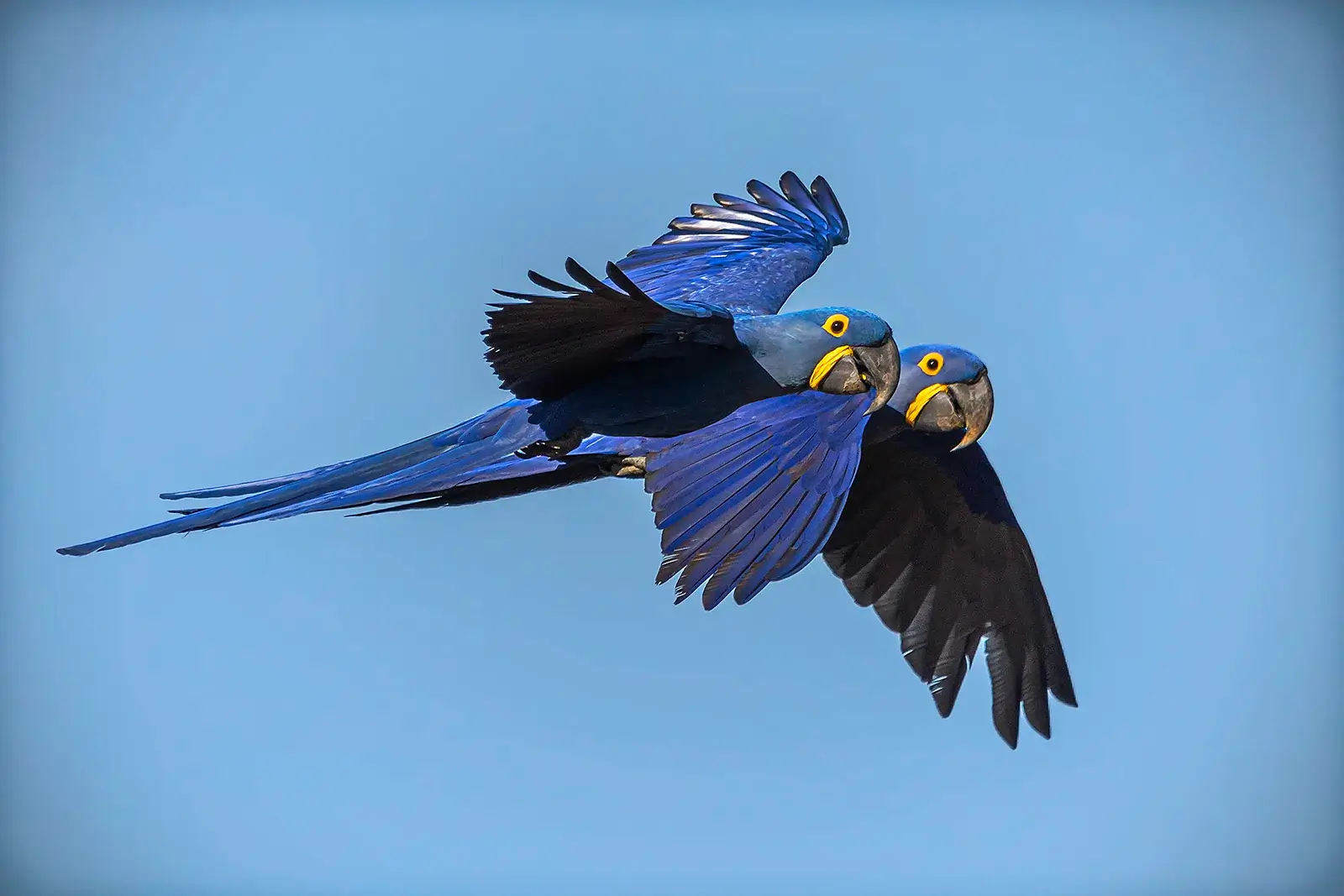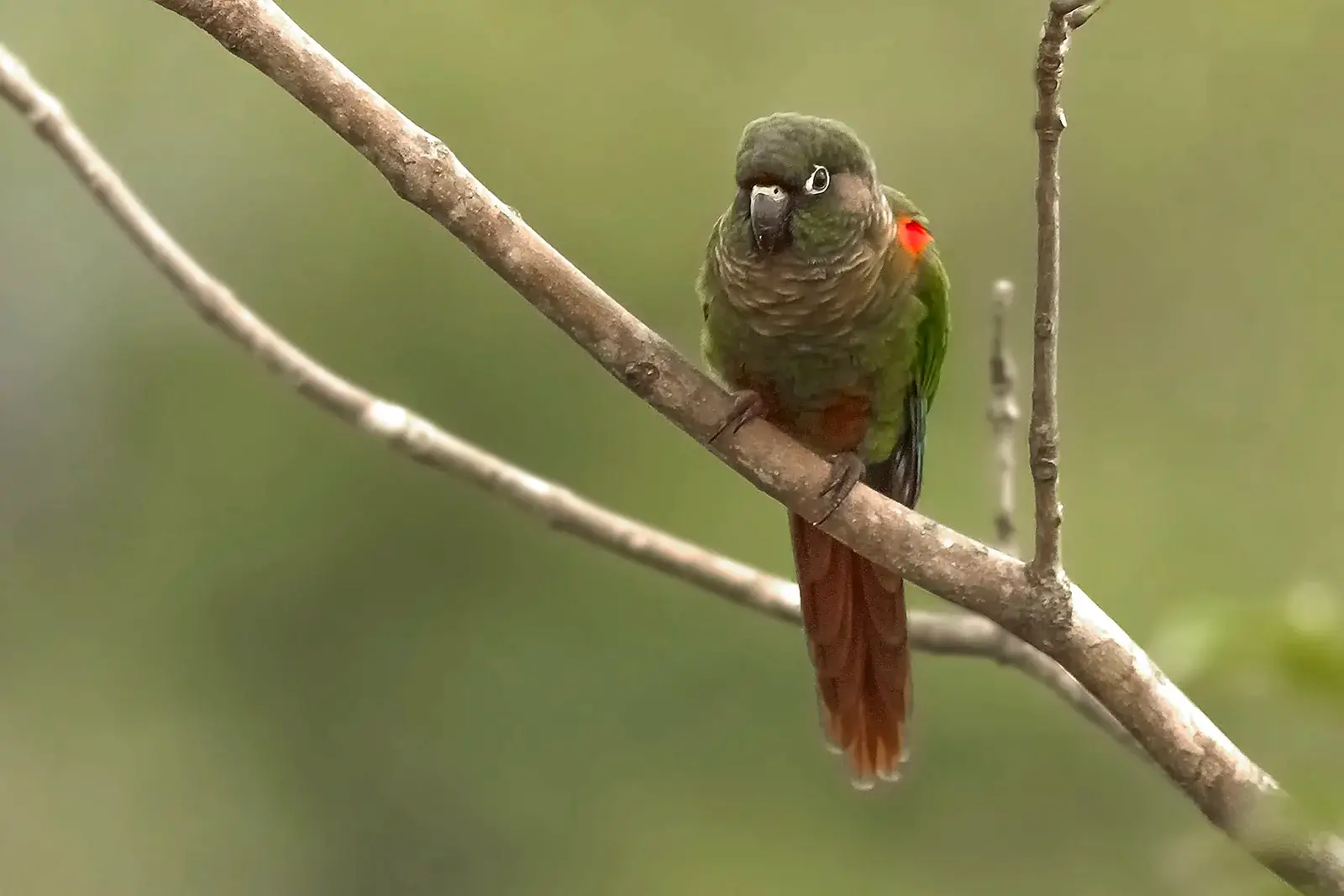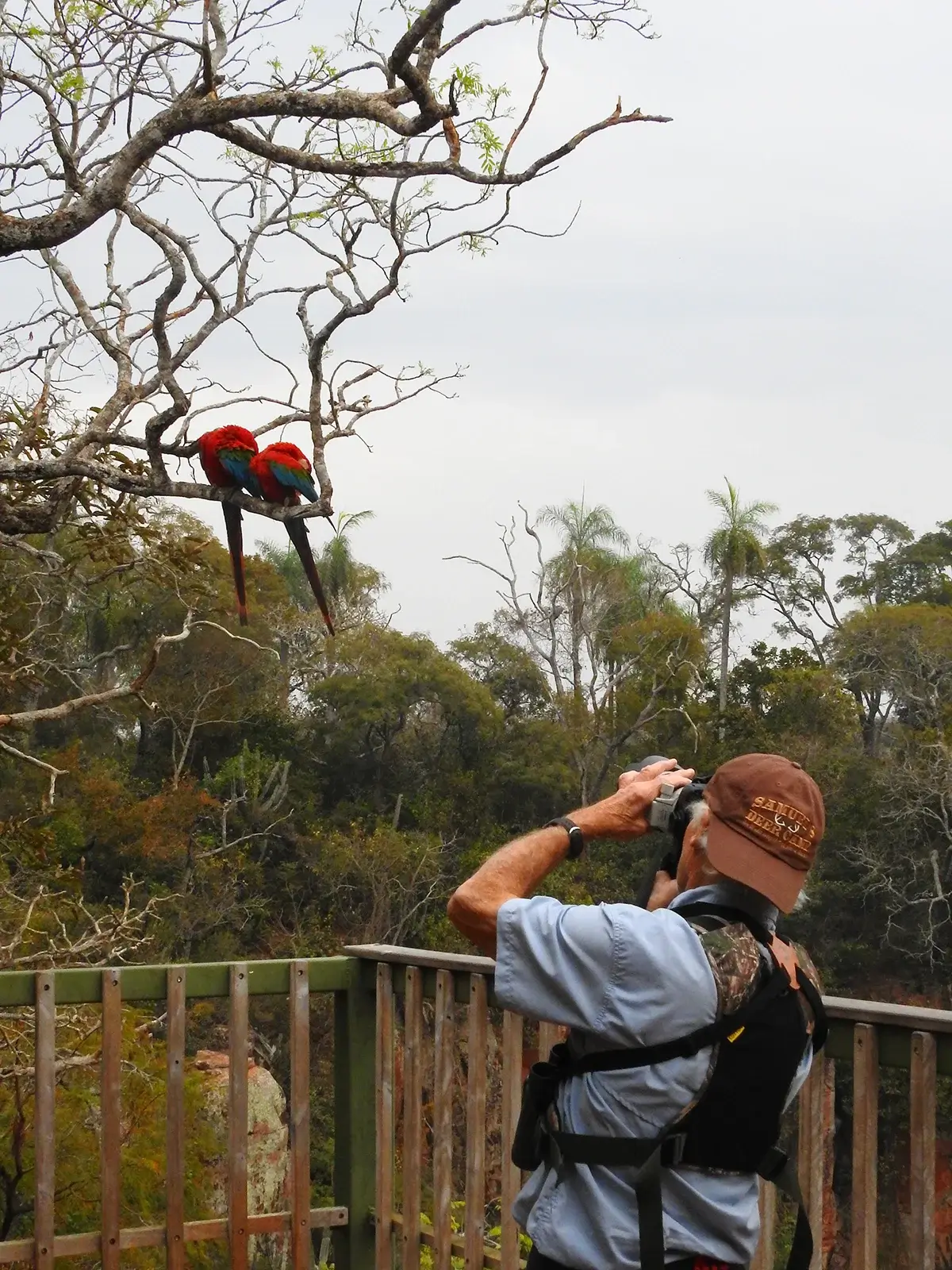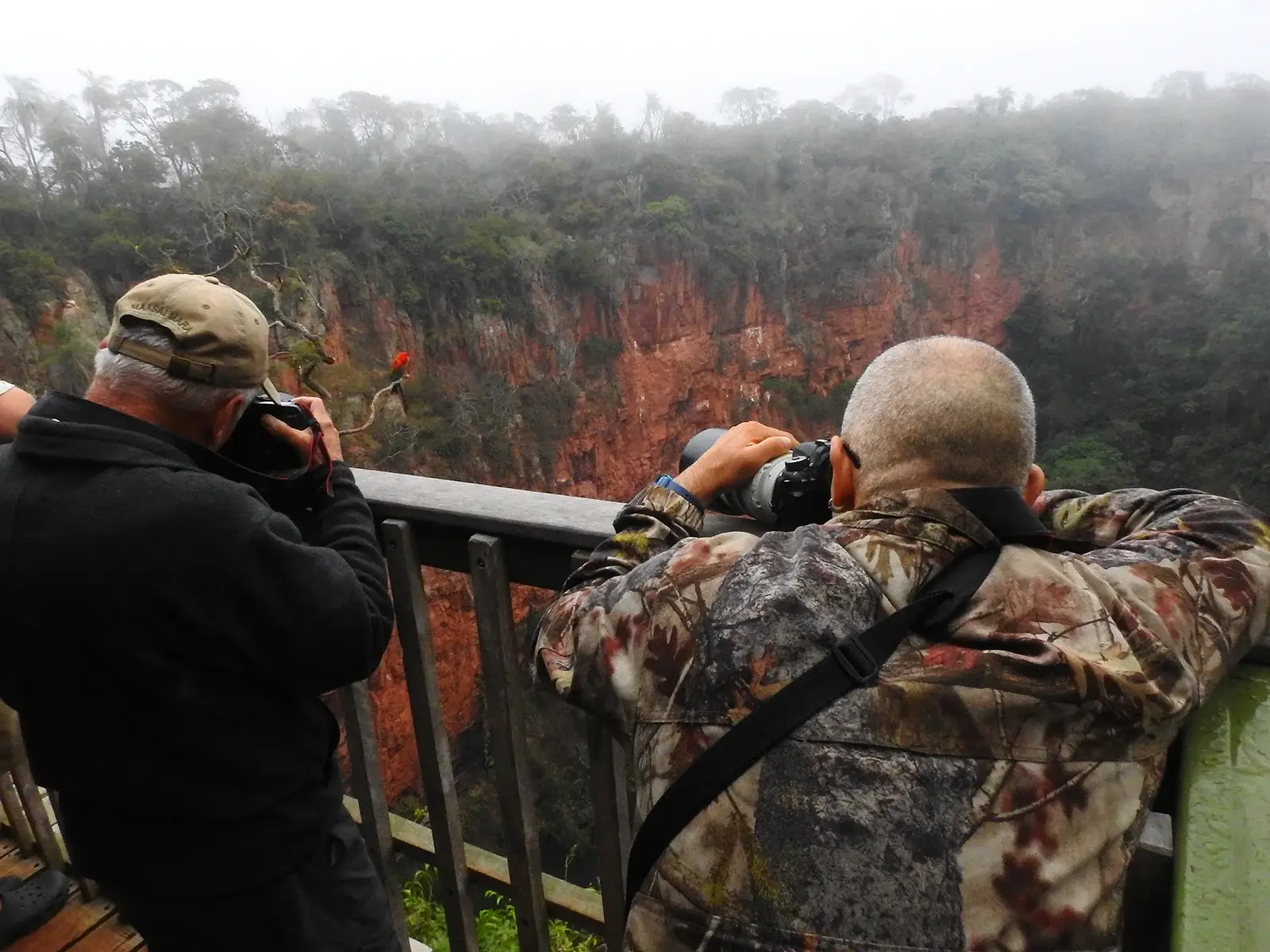Birdwatching
Mato Grosso do Sul is a paradise for nature enthusiasts, with its vast array of bird species and stunning landscapes.
This is MatoGrosso do Sul
A birdwatching trip in Mato Grosso do Sul offers a unique and rewarding opportunity to connect with nature and explore one of South America's most diverse ecosystems.
Come and discover the wonders of birdwatching in Mato Grosso do Sul, where you can immerse yourself in the beauty of the natural world and witness an incredible diversity of bird species.
Whether you’re an experienced birder or a beginner, the state offers a range of habitats and environments for you to explore, from lush forests to vast wetlands. With its stunning landscapes and rich biodiversity, Mato Grosso do Sul is a birdwatching paradise waiting to be discovered.
So pack your binoculars, grab your camera, and come explore this incredible destination for yourself.
Satisfaction Guarantee
Here are some details about what a birdwatching experience in Mato Grosso do Sul might be like:
Bird species: Mato Grosso do Sul is home to over 650 bird species, making it one of the best places in South America for birdwatching. Some of the most sought-after species include the hyacinth macaw, the crowned solitary eagle, the toco toucan, and the jabiru stork.
Scenery: Birdwatching in Mato Grosso do Sul offers a chance to explore the region’s stunning natural beauty. The Pantanal wetlands, in particular, are a prime location for spotting a wide variety of bird species, as well as other wildlife such as capybaras, caimans, and jaguars. The region is also home to lush tropical forests and savannas, providing a diverse range of habitats for birdlife.
Tour guides: To get the most out of your birdwatching experience in Mato Grosso do Sul, it’s recommended to hire a local tour guide who can provide expert knowledge of the best birding spots and local wildlife. Many guides are also skilled naturalists who can teach you about the region’s ecology and conservation efforts.
Timing: The best time to go birdwatching in Mato Grosso do Sul is typically between July and October, which is the dry season and when many birds are actively breeding and nesting. However, birdwatching opportunities can be found year-round, with different species and behaviors to observe during each season.

